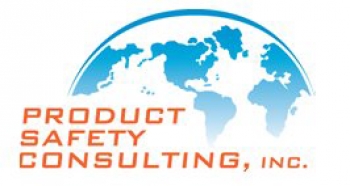Conductors should be of an appropriate size for the application, and should pass through openings with no sharp edges with sufficient clearance to prevent fraying or damage. If they are accessible to the user of the product, they must be tested to withstand a certain amount of “strain” (for more on strain relief, see below). Finally you can never cross low voltage and high voltage conductors unless the low voltage wiring is rated for the higher voltage. For example, a wire carrying 12 volts may be in contact with a wire carrying 120 volts so long as it is rated for 120 volts itself.

The UK has left the EU, and the transition period comes to an end on the 31st December 2020. For information on what you'll need to do from 1 January 2021, read:
Placing manufactured goods on the market in Great Britain from 1 January 2021
Placing manufactured goods on the market in Northern Ireland from 1 January 2021
Placing manufactured goods on the EU market from 1 January 2021
Using the UKCA mark from 1 January 2021
Conformity assessment bodies: change of status from 1 January 2021
Compliance Tip: Designating the Correct Driver Can Save Time and Money
LED Drivers have always been in the Recognized Component program at UL. One problem is being able to use multiple suppliers of Drivers without having temperature testing being repeated. UL was proactive in this regard and has introduced the TL program for Drivers. Get your Luminaire Listed with a TL rated Driver and get alternate Drivers added with no additional temperature testing. Your UL descriptive report still needs to be updated, but getting out of temperature testing speeds up the process. Talk to your suppliers or look in UL’s Category “FKSZ2” to find Drivers with a TL rating. Pick the hottest one your Luminaire can handle and adding lower rated TL Drivers is paperwork.

